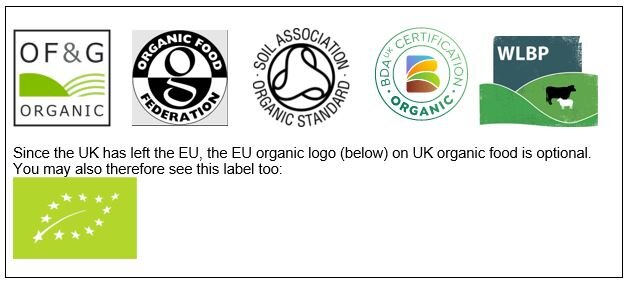What are the benefits of giving human milk to children over 1 year of age?
Global recommendations support continued breastfeeding into the second year of life and WHO guidance recommends all infants are breastfed for up to 2 years and beyond (WHO, 2003). The rationale for encouraging continued consumption of a milk in young children beyond 1 year of age is based on a combination of meeting energy needs (proportionally driven by the fat content), calcium requirements for bone deposition and the other nutrients that mammalian milk provides. However, in contrast to animal milks, breastmilk can offer not only nutritional benefits but significant health benefits to both mother and child. That said, whilst there is no shortage of evidence for the benefits of breastfeeding during the first year of life, there are relatively few studies that attempt to quantify the benefits of breastfeeding children over 1 year of age. Nevertheless, those that do support the idea that breastfeeding continues to provide nutrition and immunological protection, is beneficial for IQ and subsequent achievement, provides some protection against overweight and obesity later in life, and offers emotional benefits for as long as it continues. Some benefits continue to be felt beyond the period of breastfeeding (Lopez et al, 2021; NHS, 2020, Grummer-Strawn et al, 2004).
Nutrition
Breastmilk composition changes over time to meet the needs of the growing child so that whilst the volume consumed may decrease, an appropriate level of nutrients remains present and immunological protection is not compromised (LLL, 2010). Studies looking at the composition of breastmilk into the second year of lactation have reported a large degree of stability in the macronutrient content with only a small reduction in protein. Mineral elements stay largely stable, although after two years, some studies report a reduction in calcium and zinc content.
Four hundred millilitres of mature breastmilk can meet the following percentage of daily nutrient requirements for a 1-2 year old child:
• 32% energy
• 36% protein
• 58% vitamin A
• 53% vitamin C
Immunological protection
Studies in breastmilk composition in the second year of lactation have reported inconsistent results. Some studies report increasing concentrations of the antimicrobial protein lysozyme (Perrin et al, 2017; Hennart et al, 1991; Prentice et al,1984). Perrin at al also reported increasing concentrations of immunoglobin A (IgA) and lactoferrin (Perrin et al, 2017). These breastmilk proteins provide responsive and protective immunity (Breakey et al, 2015) and support the development of a beneficial gut microflora (Mastromarino et al, 2014). The secretion of antimicrobial proteins differs between mothers and this may mask changes over time and may help to explain differences between studies (Perrin et al, 2017; Lewis-Jones et al, 1985). More consistently, results of a systematic review and meta-analysis indicate that breastfeeding protects against acute otitis media until 2 years of age, and protection is greater for breastfeeding of longer duration (Bowatte et al, 2015).
IQ and general ability
Research on the relationship between cognitive achievement (i.e. IQ scores and school grades) and breastfeeding has shown the greatest gains for those children breastfed the longest. Some studies show that participants who were breastfed for 12 months or more score higher on IQ and general ability tests than those with shorter durations of breastfeeding (Victora et al, 2015; Lopez et al, 2021). The positive influence on IQ as a result of breastfeeding may also impact upon long-term earnings and productivity. One large retrospective cohort study reported that participants who were breastfed for 12 months or more had higher IQ scores, more years of education, and higher monthly incomes than did those who were breastfed for less than 1 month (Victora et al, 2015).
Overweight and obesity
It is becoming widely accepted that breastfeeding protects against overweight (Victora et al, 2016). Analysis of 2015-2017 surveillance data collected in 22 European countries reported that, compared to children who were breastfed for at least 6 months, the odds of living with obesity were significantly higher among children never breastfed or breastfed for less than 6 months. Several studies have reported that longer durations of breastfeeding are associated with a lower risk of obesity in later life (Qiao et al, 2020; Zheng et al, 2020; Rito et al, 2019; Horta et al, 2015).
A dose response relationship between breastfeeding and protection against overweight and obesity has been reported by several studies (Qiao et al, 2020; Grummer-Strawn and Mei, 2004) and those that have included a breastfeeding duration category of 12 months + have reported significant reductions in risk for overweight and obesity in later childhood. When comparing those who were breastfed for at least 12 months with those who were never breastfed, Von Kreis et al reported a 57% reduction in the odds of being overweight in a subset of over 9,300 Bavarian 5- and 6-year-olds (Von Kries et al, 1999). When comparing those who were breastfed for more than 12 months to those breastfed for less than 6 months, Liese et al reported a 20% reduction in odds of being overweight among children between 9 and 10 years of age (Liese et al, 2001). A much larger national analysis of longitudinal data drawn from the US Centers for Disease Control and Prevention Pediatric Surveillance System reported a 51% reduced risk of obesity for white non-Hispanic children who were breastfed for more than 12 months compared to those never breastfed (Grummer-Strawn and Mei, 2004).
Emotional and psychological benefits
Whilst there are a number of studies that examine the cognitive and emotional development of infants who have been breastfed and subsequent IQ, there are few that examine development and behaviour patterns of children breastfed beyond one year. There is some evidence from a small observational study of matched pairs of mothers and their babies breastfed for either less than or greater than 1 year that breastfeeding into the second year may improve behavioural traits such as sleep disorders and temper tantrums. Benefits reported for longer breastfeeding duration were improved communication, personal-social and cognitive development (Abul-Fadl et al, 2005).
References
Abul-Fadl AAM, Fahmy EM, Kolkaliah N and Narouz N (2005). The Psychological Benefits of Continued Breastfeeding into The Second Year for Mother and Child. The International Journal of Child Neuropsychiatry, 2, (2), 143-153
Bowatte G, Tham R, Allen KJ, et al. (2015). Breastfeeding and childhood acute otitis media: a systematic review and meta-analysis. Acta Paediatrica 104 (467), 85-95. DOI: 10.1111/apa.13151.
Breakey AA, Hinde K, Valeggia CR, et al. (2015). Illness in breastfeeding infants relates to concentration of lactoferrin and secretory Immunoglobulin A in mother’s milk. Evolution, Medicine, and Public Health 1, 21–31.
Grummer-Strawn LM and Mei Z (2004). Does breastfeeding protect against pediatric overweight? Analysis of longitudinal data from the Centers for Disease Control and Prevention Pediatric Nutrition Surveillance System. Pediatrics, 113 (2).
Hennart P, Brasseur D, Delogne-Desnoeck J, et al. (1991). Lysozyme, lactoferrin, and secretory immunoglobulin A content in breast milk: influence of duration of lactation, nutrition status, prolactin status, and parity of mother. American Journal of Clinical Nutrition 53, 32–39
Horta BL et al. (2015). Long-term consequences of breastfeeding on cholesterol, obesity, systolic blood pressure and Type 2 diabetes mellitus: a systematic review and meta-analysis, Acta Paediatrica, 104 pp. 30-37.
La Leche League. Breastfeeding beyond a year. https://www.laleche.org.uk/breastfeeding-beyond-a-year/ Accessed 15/06/2021
La Leche League International. (2010). The Womanly Art of Breastfeeding. 8th Edition, 191.
Liese AD, Hirsch T, von Mutius E, et al. (2001). Inverse association of overweight and breast
Lopez DA, et al. (2021). Breastfeeding Duration Is Associated With Domain-Specific Improvements in Cognitive Performance in 9–10-Year-Old Children. Frontiers in Public Health. doi.org/10.3389/fpubh.2021.657422
Mastromarino P, Capobianco D, Campagna G, et al. (2014). Correlation between lactoferrin and beneficial microbiota in breast milk and infant’s feces. BioMetals 27, 1077–1086
NHS (2020). What To Feed Young Children. Available at: https://www.nhs.uk/conditions/baby/weaning-and-feeding/what-to-feed-young-children/ (Accessed 25 May 2021).
Perrin MT, Fogleman AS, Newburg DS and Allen JC (2017). A longitudinal study of human milk composition in the second year postpartum: implications for human milk banking. Maternal & Child Nutrition 13 (1).
Prentice A, Prentice AM, Cole TJ, et al. (1984). Breast-milk antimicrobial factors of rural Gambian mothers. I. Influence of stage of lactation and maternal plane of nutrition. Acta Paediatrica Scandinavica 73, 796.
Qiao J, Dai L, Zhang Q and Ouyang Y-Q (2020). A Meta-Analysis of the Association Between Breastfeeding and Early Childhood Obesity, Journal of Pediatric Nursing, 53, 57-66
Rito AI, Buoncristiano M, Spinelli A, et al. (2019). Association between characteristics at birth, breastfeeding and obesity in 22 countries: The WHO European Childhood Obesity Surveillance Initiative – COSI 2015/2017. Obesity Facts, 12, 226-243.
Victora CG, Bahl R, Barros AJD, et al. (2016). Breastfeeding in the 21st century: epidemiology, mechanisms, and lifelong effect. The Lancet, 387, 475-490
Victora CG, et al. (2015). ‘Association between breastfeeding and intelligence, educational attainment and income at 30 years of age: a prospective birth cohort study from Brazil’, Lancet Global Health, 3 e199-e205.
Von Kries R, Koletzko B, Sauerwald T, et al. (1999). Breast feeding and obesity: cross sectional study. BMJ. 319:147–150
WHO (2003). Global Strategy for Infant and Young Child Feeding. Geneva, WHO.
Zheng M, Cameron AJ, Birken CS et al. (2020). Early infant feeding and BMI trajectories in the first 5 years of life. Obesity, 28 (2), 339-417.




